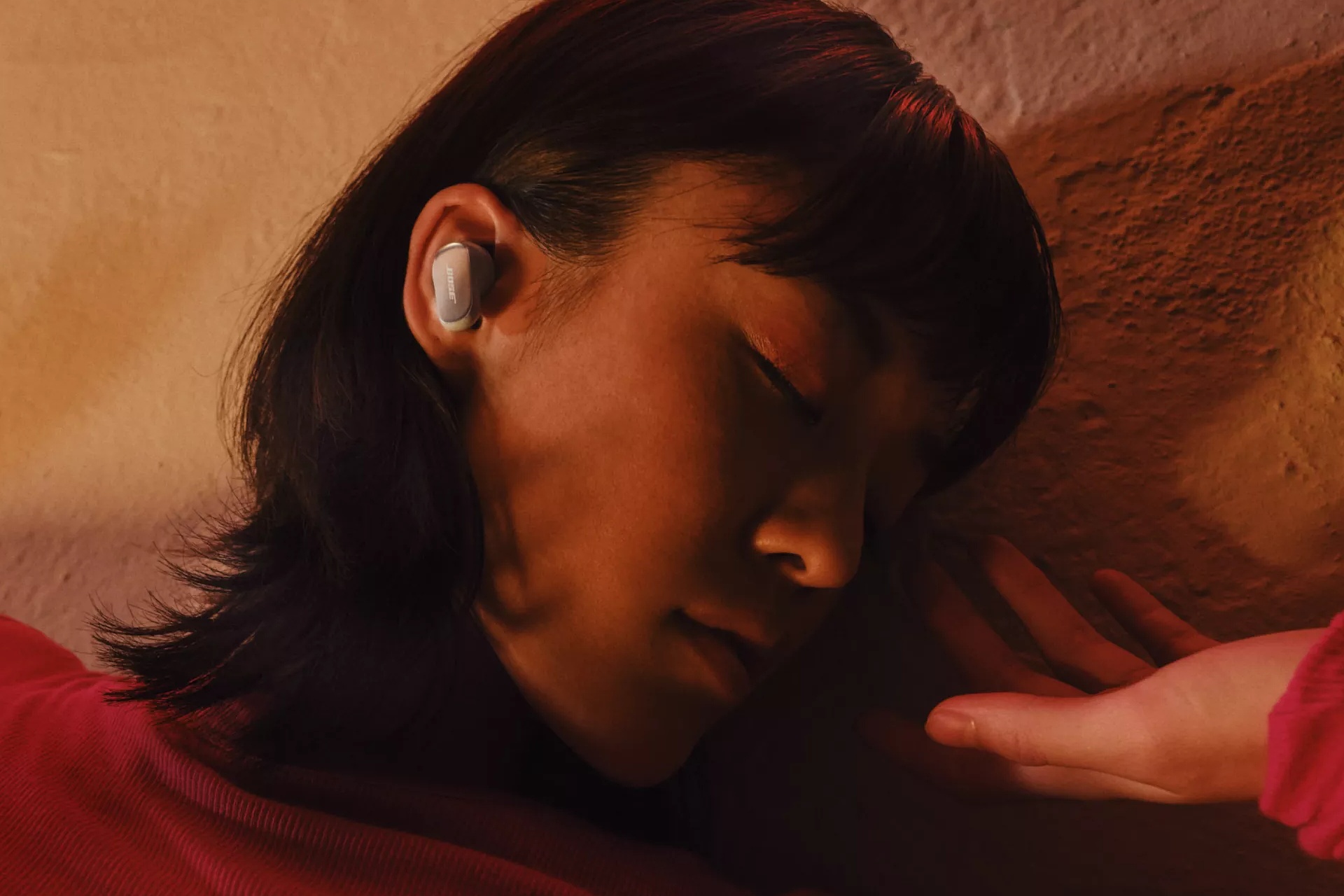1. Freedom of movement
2. Greater distance from source
3. No more cable tangles
4. Protection from accidental mishaps
5. Seamless technology integration
6. Damage prevention
Liberate your soundtrack
Featured in this story
Color:
Deep Plum
Color:
Desert Gold



